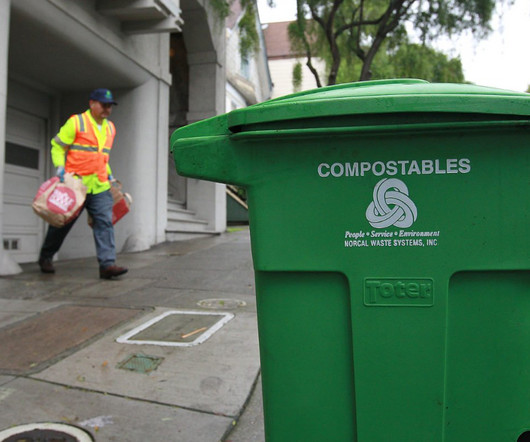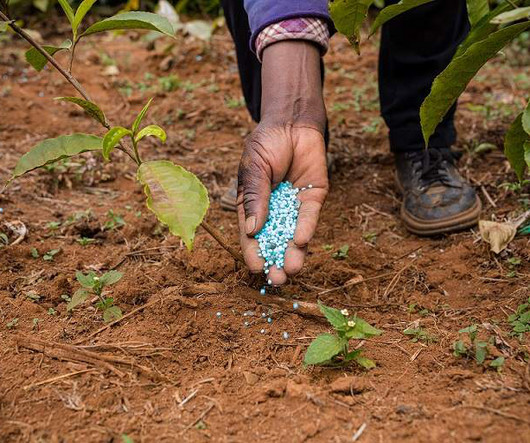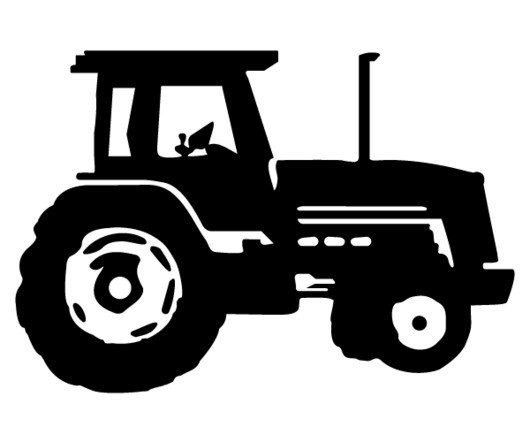Should Bioplastics Be Allowed in Organic Compost?
Civil Eats
APRIL 29, 2024
The USDA’s National Organic Program (NOP) currently requires compost to be derived from plant and animal materials, such as manure, food scraps, leaves, and straw. The petition to include these materials is because manufacturers are looking for a way to easily dispose of these products.










Let's personalize your content